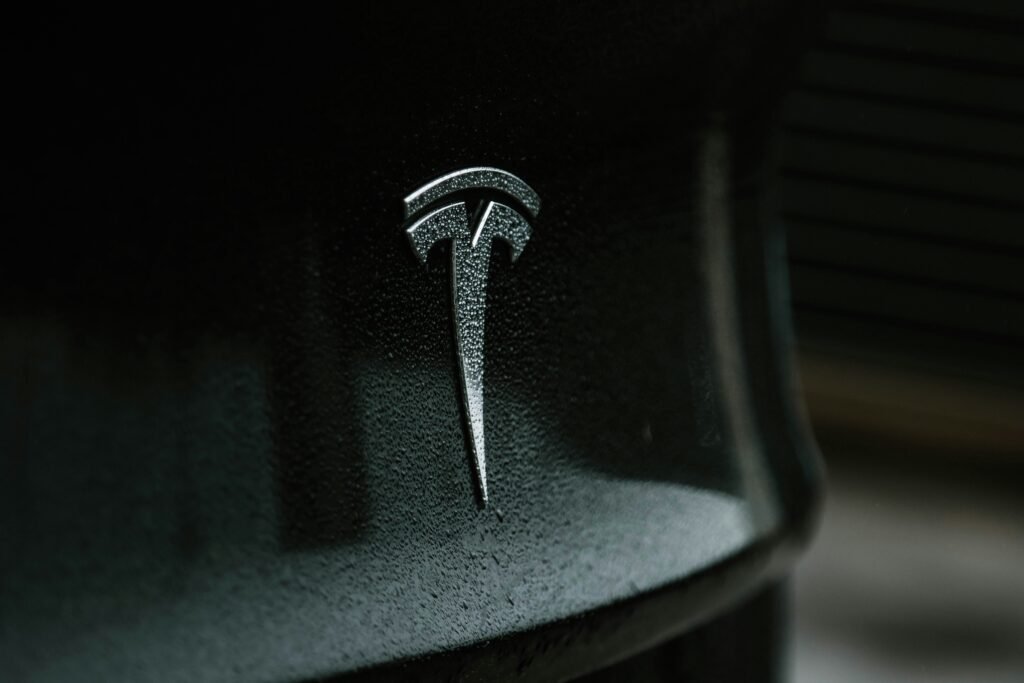
Tesla is set to recall 125,227 vehicles in the United States due to a defect in the seat belt warning system that could increase the risk of injury in an accident, according to an announcement made by the National Highway Traffic Safety Administration on Friday. The issue lies in the fact that these vehicles do not meet federal safety standards, as their seat belt warning light and audible chime may fail to activate when the driver is not wearing a seat belt.
This recall affects a range of Tesla models, specifically the 2012-2024 Model S, 2015-2024 Model X, 2017-2023 Model 3, and 2020-2023 Model Y vehicles. The problem arises from the seat belt warning system’s reliance on the driver seat occupancy sensor, which has been found to be faulty. Consequently, Tesla will address the issue by deploying an over-the-air software update, scheduled to begin in June. This update will modify the system so that it no longer depends on the driver seat occupancy sensor but instead relies solely on the driver seat belt buckle and ignition status to activate the seat belt reminder signals.
This is not the first time Tesla has faced issues with its software systems leading to recalls. In January, Tesla had to recall 200,000 Model S, X, and Y vehicles in the United States due to a software glitch that could potentially impair drivers’ visibility while reversing. In April, the company recalled 3,878 Cybertrucks to fix a problem where the accelerator pedal pad could become loose and obstruct the interior trim.
Additionally, last month, U.S. auto safety regulators opened an investigation into whether Tesla’s December recall of over 2 million vehicles to install new Autopilot safeguards was adequate. This investigation followed a series of crashes that raised concerns about the effectiveness of the recall measures.
The ongoing recalls and investigations highlight the challenges that Tesla faces as it continues to innovate in the automotive industry. While the company is known for its advanced technology and ambitious vision for the future of transportation, these incidents underscore the importance of ensuring that safety systems are thoroughly tested and reliable. The recall of 125,227 vehicles due to the seat belt warning system malfunction is a reminder of the critical role that basic safety features play in vehicle safety and the need for continuous vigilance in maintaining and improving these systems.
Tesla’s decision to implement an over-the-air software update to address the issue reflects its capability to quickly respond to safety concerns through technological solutions. This method of updating software remotely allows for a faster and more efficient remedy compared to traditional recall procedures, which often require physical inspections and repairs at service centers. By removing the dependency on the driver seat occupancy sensor and relying on more straightforward indicators like the seat belt buckle and ignition status, Tesla aims to enhance the reliability of the seat belt warning system and ensure compliance with federal safety standards.
As Tesla moves forward with these updates and recalls, it will be crucial for the company to maintain transparent communication with regulators and customers to build trust and ensure the safety of its vehicles. The effectiveness of the upcoming software update and the resolution of other ongoing issues will be closely monitored by both the regulatory bodies and the public.
The recall of 125,227 Tesla vehicles due to a malfunction in the seat belt warning system is a significant development in the company’s efforts to address safety concerns and comply with federal regulations. The planned over-the-air software update represents a modern approach to resolving such issues, leveraging Tesla’s technological capabilities to enhance vehicle safety. As Tesla continues to navigate the challenges of innovation and regulation, the safety and reliability of its vehicles remain paramount priorities for both the company and its customers.












